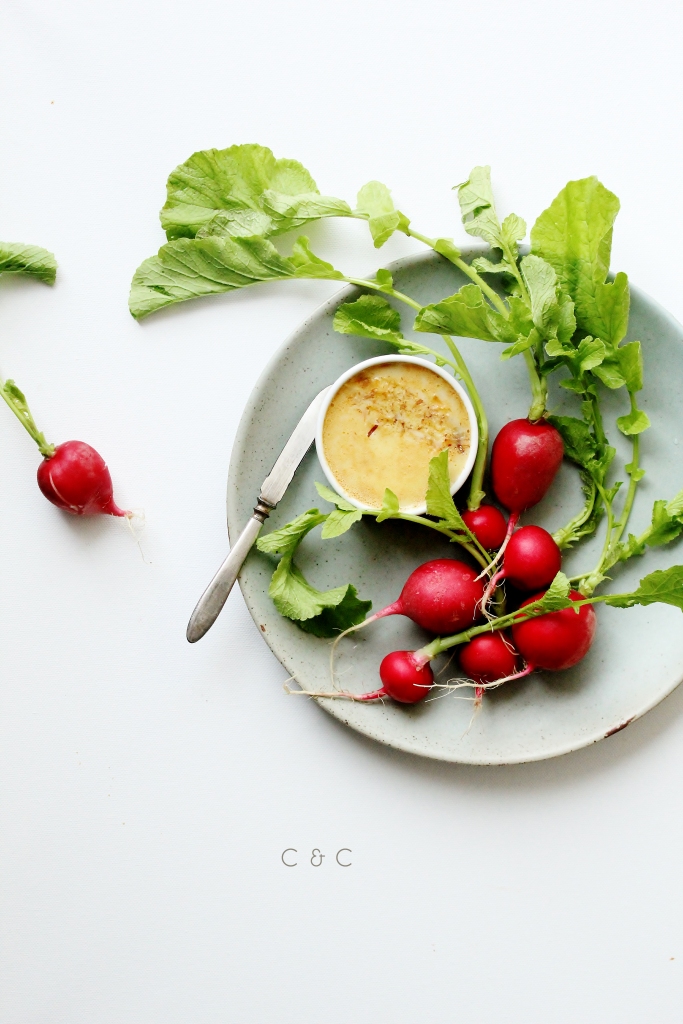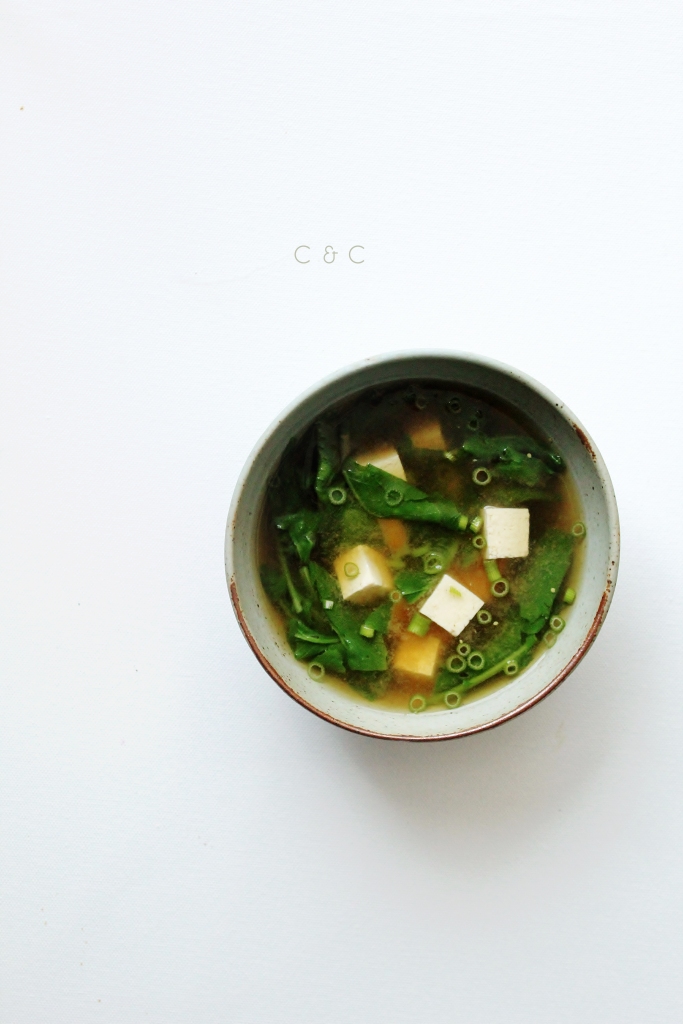In light of some confusion over my previous post, which began with a fictional short story based on the ongoing childhood of yours truly, I’d just like to make one comment: I am not thirty-two years old. Actually, I have over a decade more to go before I become that.
So, now that we’ve cleared that up, let’s spring into today’s topic.
As some of you may be aware of, I am currently working at Sun Life Financial – a numeric wonderland where, besides numbers, three things are particularly bountiful:
- Actuaries
- Treats
and
3. Acronyms
An overwhelming majority of which contain any number of three letters: C, S, and A.
Naturally when I mentioned to my colleagues that I own a CSA share, they were all ears – albeit for the wrong reasons. Why? Because the CSA I was talking about had nothing to do with FSA’s and CPA’s, nor does the word ‘share’ bear any connection to Warren Buffet nor to Apple.
No, a CSA is none of the above. It is Community Supported Agriculture. And within my young and tender portfolio of investments, certainly one that sits closest near the upper-right corner of my happiness curves. It has given me a higher level of satisfaction even before I received a first dividend than what my mutual fund has given me as it sits and grows at cactus pace somewhere in a digital vault I can’t physically touch.
But really, what is a CSA and WIIFY (what’s in it for you)?
If you’re a green advocate, you’re probably thinking along the lines of reduced greenhouse gas emissions and supporting sustainable micro-farming. If you’re a radical economist, you’re jumping straight into the well-being of the local economy and the vital role of home-grown businesses. You’re right.
But if you’re here, I suspect you’re probably more concerned about the pleasure of taste above all else, so here goes – a list of 9 reasons why I think CSAs are the way to go if you’re a foodist – not foodie, a term I rather loathe, because it emphasizes the carnal love and gluttonous pleasure that food excites, but not the VANS BEECH (values, artistry, nutrition, science, beauty, ethics, economics, culture, and history) behind every ingredient, every finished plate.
So here, a list (because I know you love lists) of why you should commit yourself to a carefully chosen CSA, curated from a foodist’s POV:
- The food is produced by someone whose set of values around food aligns with yours. This is first for a reason, and you will see it recur many times in the list because your values determine your methods. So think of what motivates the board of a corporate farm – profit, efficiency, shareholders, control, quantity. Then consider what motivates an organic micro-farmer – passion, sustainability, the team and family, learning, and quality. How do these factors impact the food you put on your table?
- The food is produced by hand and treated with artistry. Let me just emphasize, everything is definitely not art. Art is not created on a whim, without thought, and without skill. Art is the finished work of one who has experimented with and employed all of the mediums and tools available at his hands to arrive at a product to which he is proud to attach his own name, and of which the perceived value varies from beholder to beholder.
- The food contains a higher density of nutrition. Freshness, harvest time, transportation, selection, and cultivation methods all influence the nutrient content of produce, and the age old saying “what you reap is what you sow” stands because vitamins and minerals literally cannot be born out of thin air. More importantly, nutrition = flavour. If you don’t believe me, take two apples – one peeled, one unpeeled. The peeled apple will taste like pure sugar, while the whole apple will taste…like an apple. This is because the nutrients in an apple are concentrated in the layer in and just beneath the skin (the same is true of pears, stone fruits, and root most vegetables).
- The science stacks up. But also to experiment and explore new ingredients and methods of cooking!
- The produce drips of breathtaking beauty. From bluestone to freckled eggs, ombré peony pink radishes, delicately feathered tarragon, and jade-veined kale. To convince you, I’ll be posting photos of each week’s bounty.
- The crops and animals are produced ethically. They have to be – how else will are they supposed to open members to their farm where everything’s in plain sight?
- The economics on a household scale and community level both add up. Inflation is real, and in case you haven’t noticed, food is one area that brings up the average (most governments shoot for a steady 2% per annum). Buying a CSA share is equivalent to hedging against an inevitable price increase, and trust me, you’ll get more than you pay for even without inflation. You also help the farmer get a strong start to their season by pre-paying as most of their expenses are front-loaded.
- The culture and integrity of authentic food is preserved. When you commit to a CSA share, you become part of the community and its culture lives in you, which means that it will continue to exist – just like how a language ‘lives’ as long as there exists a person who can speak it.
- Its history is clean. Ever heard of an organic micro-farm issuing a recall? Didn’t think so.
Now I bet you’re dying to get yourself a slice of this CSA pie, too bad you missed the subscription date because the season’s already started, but do some research for the 2017 season by comparing:
- farming methodology
- share prices
- share sizes
- crop lists, and
- proximity
of several farms near you, and choose the one that speaks to you most!

I know that was a lot to chew on, so here’s a super simple five-ingredient recipe for you to balance things out. The radishes were from the first week of my CSA subscription. While supermarket radishes are watery with a hint of piquancy at best, these little bombs pack a solid kick of heat. The sweetness of the honey, coolness of the butter, and umami of the texturized miso are a perfect foil. Plus, it only takes 5 ingredients and 5 minutes of prep.
Spring Radishes with Potted Miso Honey Butter and Bonito – serves 2
- 3 tbsp good quality butter, softened
- 1 tbsp red miso
- 1 tsp honey
- bonito flakes, to garnish (optional)
- 1 bunch small organic radishes, greens trimmed (keep them for the next recipe!) and washed
- In a small bowl, mix together the nutter, miso, and honey until lump-free. Spoon the mixture into a small shallow ramekin.
- Microwave until the mixture has melted, about 15 seconds.
- Chill until set and sprinkle with bonito.
- Serve with radishes.

Turns out carrot…er radish tops aren’t just for pesto. Tear a handful into boiling miso broth with some lovage leaves and you’ve got silky drapes of vibrant greenery floating through the rising clouds of miso and mingling with the playfully bobbing blocks of tofu. If you’ve got the water boiling, this also takes 5 ingredients and 5 minutes of prep. Farm-fresh dinner in a total of under 10 minutes? How convenient.
Miso Broth with Lovage, Tofu, and Radish Greens – serves 2
- 3 c water
- 1/4 c red miso paste
- 160 g medium or firm tofu (not silken, because you want the texture and nuttiness of the tofu to hold up against the fragrant greens), cubed
- 1 stem lovage, leaves picked and stem thinly sliced into rings
- radish greens, washed and torn into bite-sized pieces
- In a small pot, bring the water to a rolling boil and whisk in the miso until dissolved.
- Add the tofu and bring it back up to the boil.
- Toss in the lovage and radish greens, remove from the heat and stir until deep green.
- Ladle into two bowls and serve immediately!
Let me know in the comments below: What are your favourite ways to use radishes from root to leaf?
Such pretty colors
Thank you so much!